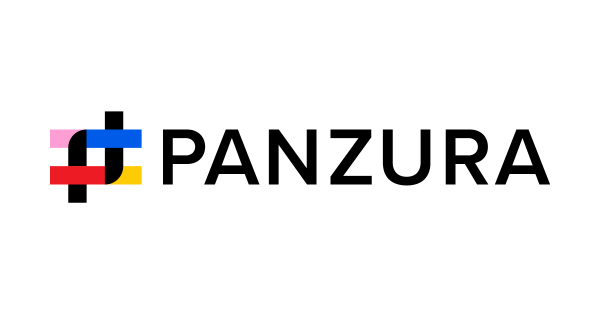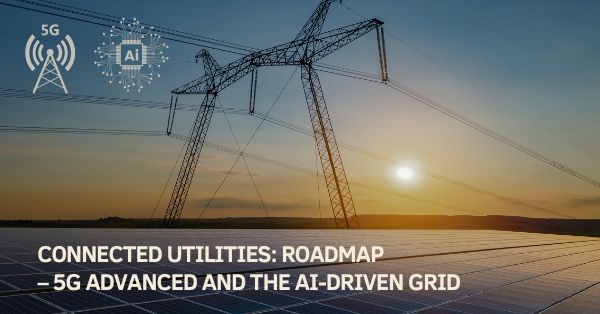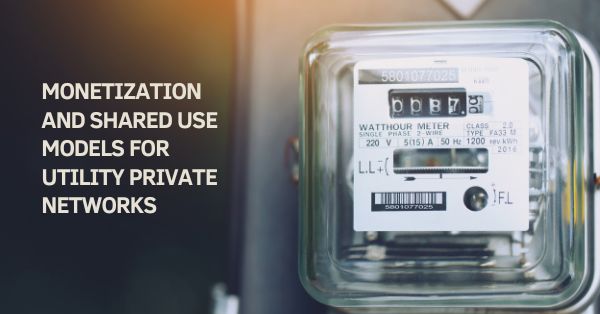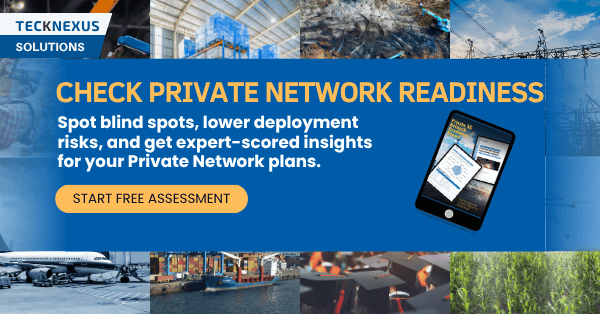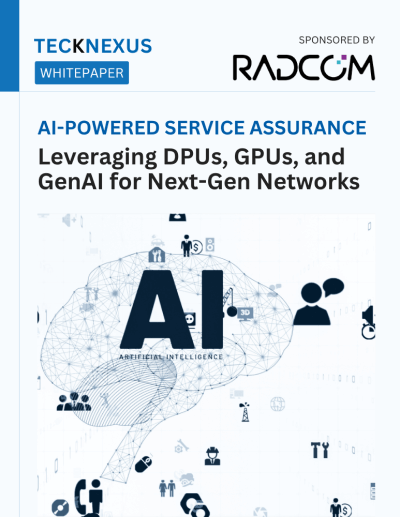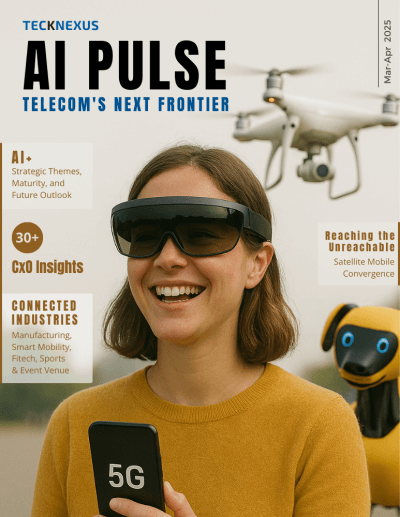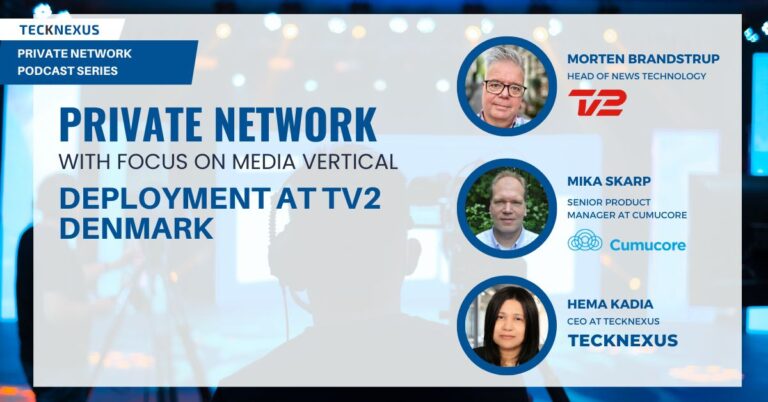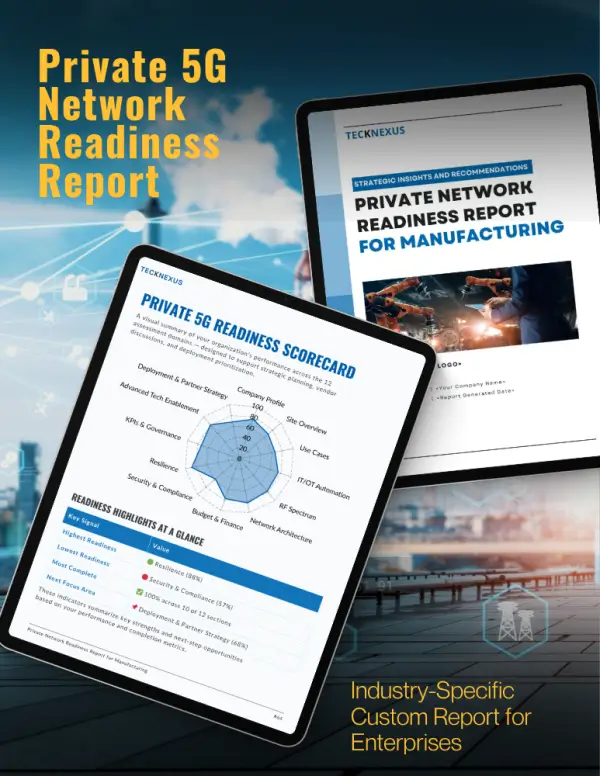For years, telecom operators (telcos) and hyperscalers—such as AWS, Google Cloud, and Microsoft Azure—have had a complex relationship, balancing collaboration with concerns over dependency and disintermediation. However, the industry landscape is shifting. In the last three years, the value of long-term, strategic partnerships has become increasingly clear, pushing telcos and hyperscalers into deeper collaboration.
Beyond traditional cloud adoption, AI is now a game-changer in these partnerships, enabling telcos to increase operational efficiency, reduce costs, and accelerate growth. According to McKinsey, AI—particularly generative AI (GenAI)—could create nearly $100 billion in incremental value and drive up to $180 billion in productivity gains for the telecom sector.
As these partnerships evolve, four key opportunities are emerging where AI is redefining telco-hyperscaler collaboration.
I. Cloud and IT Modernization: The Foundation for AI and Automation
AI and cloud computing are now essential for modernizing telecom infrastructure. While telcos initially adopted the cloud to reduce operational costs, the focus has now shifted to AI-ready, cloud-native architectures that enhance efficiency and scalability. These transformations are laying the groundwork for autonomous networks, dynamic service provisioning, and intelligent analytics.
Migrating Telco IT Workloads to the Public Cloud
Telcos have been moving their IT workloads to public cloud platforms for years, initially driven by cost reductions. However, the shift toward cloud-native, modular architectures is proving even more transformative, allowing telcos to optimize their digital operations.
Instead of relying on traditional “lift and shift” migrations, telcos are now adopting containerized, AI-powered software frameworks that can seamlessly operate across multi-cloud environments.
How Cloud Adoption Benefits Telcos
- Avoids vendor lock-in: Cloud-native platforms enable telcos to run workloads across multiple hyperscalers instead of being tied to one.
- Simplifies software management: Standardized cloud tools help telcos deploy, manage, and upgrade their applications more efficiently.
- Supports AI-powered automation: AI-driven cloud platforms enhance network operations, customer service, and predictive maintenance.
Real-World Deployments
- Vodafone Greece is leveraging hyperscaler platforms to modernize its IT infrastructure with TM Forum’s Open Digital Architecture (ODA) Canvas.
- Bell Canada has integrated AWS’s ODA Canvas framework to enhance its digital operations.
- Microsoft Azure has contributed ODA Canvas modules to TM Forum’s open-source community, facilitating further AI integration.
By embracing cloud-native IT, telcos are laying the groundwork for self-optimizing, AI-driven networks that improve agility and efficiency.
Moving Telco Network Workloads to the Cloud
Beyond IT infrastructure, network workloads are also shifting to public cloud environments. Traditional telecom networks relied on proprietary hardware, but cloud-native networks are software-based, enabling faster, more scalable, and AI-optimized operations.
How Cloud-Native Networks Benefit Telcos
- Lower costs: Virtualized network functions replace expensive, specialized hardware.
- Faster service deployment: Network-as-a-Service (NaaS) models allow telcos to introduce new capabilities with minimal infrastructure changes.
- AI-driven network optimization: AI-powered traffic management improves performance, fault detection, and predictive maintenance.
Hyperscaler Investments in Cloud-Native Networks
- Microsoft acquired AT&T’s cloud-native 5G core to accelerate telco cloud adoption.
- Google Cloud launched Telecom AI solutions to optimize network performance.
- AWS introduced Edge and Multi-Access Edge Computing (MEC) services, tailored for telco applications.
While adoption has been gradual, cloud-native AI-driven networks are proving essential for 5G deployment, network slicing, and next-gen telecom services.
Reselling Software-as-a-Service (SaaS) to Enterprise Customers
One of the most well-established telco-hyperscaler collaborations involves reselling cloud-based software and AI-powered services to business customers.
Telcos act as distribution channels for hyperscaler SaaS solutions, often bundling them with connectivity services for enterprises.
Expanding SaaS Offerings with AI
- Generative AI (GenAI) integration: AI-powered tools like Microsoft Copilot and Google Duet AI are enhancing business productivity.
- AI-driven cybersecurity solutions: Telcos are offering hyperscaler-powered security tools to protect enterprise customers.
- AI-powered contact center solutions: Telcos are integrating AI-driven customer analytics platforms to improve enterprise support services.
By leveraging their customer base and infrastructure, telcos create a win-win scenario—driving SaaS adoption while unlocking new revenue streams.
II. AI-Powered Network Operations & Optimization
AI is redefining network management and optimization, allowing telcos to deploy self-healing networks, dynamic resource allocation, and predictive analytics.
AI-Powered Network Automation and Orchestration
As networks become more complex, AI-driven automation is becoming a crucial tool for telcos to enhance efficiency and minimize downtime.
Key AI Benefits for Network Operations
- Zero-touch automation: AI automates network monitoring and issue resolution.
- Dynamic network optimization: AI adjusts bandwidth and latency in real time.
- Predictive maintenance: AI prevents failures before they occur, reducing service disruptions.
AI-Enabled Digital Twins for Network Planning and Optimization
Another emerging trend is the use of AI-driven digital twins to simulate, optimize, and plan telecom networks.
What Are Digital Twins?
A digital twin is a virtual replica of a physical network that allows telcos to:
- Test new configurations before deploying them in the real world.
- Predict network behavior under different conditions, such as traffic surges or outages.
- Optimize spectrum and infrastructure investments by simulating different deployment scenarios.
Telco-Hyperscaler Collaborations on Digital Twins
- Google Cloud’s Telecom AI helps telcos build network digital twins for predictive analytics and network optimization.
- Microsoft Azure’s AI-based simulation tools allow telcos to model 5G network expansions and forecast performance.
- AWS’s cloud-native network planning tools help telcos improve capacity planning and resource allocation.
By leveraging AI-powered digital twins, telcos can reduce deployment costs, improve network efficiency, and accelerate time-to-market for 5G and future 6G networks.
III. AI at the Edge & Industry-Specific AI Applications
The combination of AI and edge computing is driving real-time, low-latency applications across industries.
Edge Computing and AI at the Network Edge
Edge computing is another critical area where telcos and hyperscalers are working together to bring AI-powered computing closer to end-users.
Why Edge Computing Matters
- Ultra-low latency: Placing computing resources near users enables real-time processing for applications like autonomous vehicles, industrial automation, and telemedicine.
- AI-powered edge services: AI models can process data at the edge, reducing latency and bandwidth consumption for applications like smart factories and connected healthcare.
- Enhanced security and compliance: Edge computing allows enterprises to process sensitive data locally rather than in a centralized cloud, improving regulatory compliance.
Hyperscaler Investments in Edge Computing
- AWS Wavelength and Azure Edge Zones provide cloud services at the edge in collaboration with telcos.
- Google Distributed Cloud Edge offers AI-powered edge solutions for private 5G and IoT applications.
- Telcos are integrating AI at the edge for use cases like smart cities, autonomous drones, and real-time video analytics.
AI and IoT: Transforming Industry-Specific Solutions
Telcos and hyperscalers are collaborating to power AI-driven IoT solutions across industries such as smart cities, healthcare, automotive, and utilities.
How AI and IoT Work Together
- AI-driven IoT analytics: Hyperscaler platforms analyze IoT sensor data in real time, providing insights for industries like agriculture, energy, and logistics.
- Predictive maintenance: AI-powered IoT solutions help companies reduce downtime and optimize equipment performance.
- AI-powered industrial automation: 5G-enabled IoT sensors, combined with AI, improve manufacturing efficiency and supply chain management.
Examples of Telco-Hyperscaler AI-IoT Partnerships
- Verizon and AWS Wavelength—Providing low-latency IoT applications for autonomous vehicles and smart manufacturing.
- AT&T and Microsoft Azure—Deploying AI-driven IoT solutions for energy and industrial sectors.
- T-Mobile and Google Cloud—Developing AI-based IoT services for retail and logistics.
As IoT adoption expands, AI-powered automation and analytics will drive further hyperscaler-telco collaboration, unlocking new business opportunities.
IV. AI-Driven Security & Next-Gen Monetization
With telcos handling vast amounts of sensitive data, AI-powered cybersecurity and monetization strategies are crucial.
AI-Powered Cybersecurity and Threat Detection
With telcos increasingly handling sensitive enterprise and consumer data, AI-driven cybersecurity solutions are becoming an essential area for collaboration.
AI-Powered Cybersecurity and Threat Detection
- Real-time threat detection: AI models continuously analyze network traffic to identify anomalies, malware, and potential cyberattacks.
- Automated security response: AI-powered systems can isolate threats, block malicious activities, and prevent data breaches without human intervention.
- Fraud detection and prevention: AI helps telcos combat SIM swapping, fake base stations, and subscription fraud by analyzing behavioral patterns.
Joint Efforts Between Telcos and Hyperscalers
- AI-based DDoS protection—Hyperscalers provide AI-driven cloud security solutions that defend telco networks against Distributed Denial-of-Service (DDoS) attacks.
- AI-powered identity management—Telcos are working with hyperscalers to deploy biometric authentication and AI-driven access control systems for enterprise customers.
- Telco-specific AI cybersecurity solutions—Some hyperscalers are tailoring their AI security offerings to meet telecom-specific challenges, such as securing 5G core networks.
As cyber threats evolve, AI-powered cybersecurity solutions will become a key pillar of telco-hyperscaler partnerships.
AI Services and Partnerships: The Future of Telco Monetization
The most exciting frontier of telco-hyperscaler collaboration lies in AI-driven services and automation. Telcos are actively integrating hyperscaler AI technologies to enhance operations and customer experiences.
AI’s Role in Telecom Transformation
- Predictive Network Maintenance: AI algorithms detect potential issues before they cause service disruptions, reducing downtime and operational costs.
- AI-Powered Customer Service: Telcos are deploying GenAI chatbots and virtual assistants to handle customer inquiries, reducing response times and improving satisfaction.
- Real-Time Fraud Detection: AI-driven security solutions analyze network traffic to identify and mitigate cyber threats in real time.
AI and 5G Monetization
AI is also helping telcos monetize 5G by enabling new enterprise services:
- Smart cities: AI-driven analytics help manage urban infrastructure, from traffic monitoring to energy optimization.
- 5G Private Networks: AI enhances the efficiency of private enterprise networks, supporting applications like automated manufacturing and industrial IoT.
- Edge computing for real-time applications: AI-powered MEC enables ultra-low-latency applications for gaming, telemedicine, and autonomous vehicles.
By working with hyperscalers, telcos can co-develop AI-driven offerings, expanding beyond traditional connectivity services into high-value enterprise solutions.
Conclusion: The Future of AI in Telco-Hyperscaler Partnerships
AI is not just enhancing existing telco-hyperscaler collaborations—it is creating entirely new areas of partnership. In addition to SaaS reselling, IT and network transformation, and AI-driven services, emerging opportunities include:
- AI-powered network automation
- Edge computing for ultra-low-latency AI applications
- AI-driven cybersecurity solutions
- Digital twins for network planning and optimization
- AI-enabled IoT solutions for industries
As telcos continue scaling AI-driven innovation, hyperscaler partnerships will be critical in enabling autonomous networks, intelligent operations, and new AI-powered business models. The telecom industry is rapidly moving towards an AI-first future, and collaboration between telcos and hyperscalers will define the next era of connectivity.
The next decade belongs to AI-driven telecom transformation—and partnerships will be the key to success.






